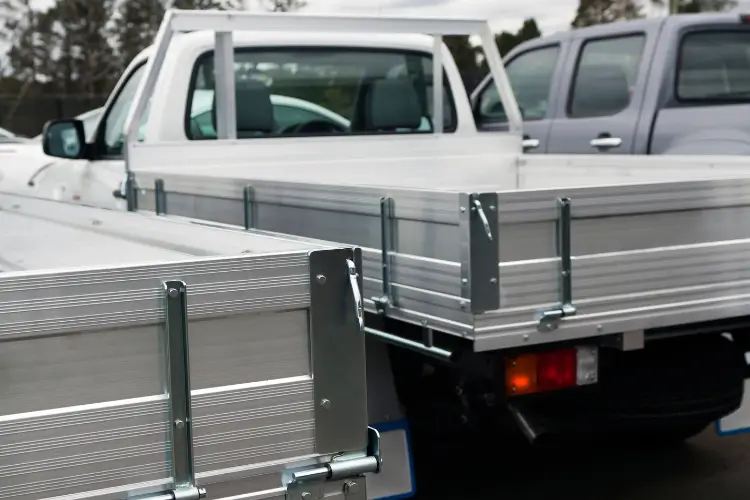When it comes to maximising the utility and functionality of your utility vehicle, selecting the right tray is a game changer. This component expands your vehicle’s carrying capacity and adds to its overall aesthetic and efficiency. This article will delve into five critical tips to consider when choosing the perfect ute tray, ensuring that your vehicle is not just a mode of transport but a versatile tool that meets all your needs.
1. Tailoring to Your Specific Needs
First and foremost, assess your requirements. Are you using your vehicle for heavy-duty work or light commercial activities? The nature of your usage dictates the type of platform that will best suit your vehicle. You might need a more robust structure for heavy-duty applications, whereas a simpler design may suffice for lighter tasks. Think about the weight capacity, the type of materials you’ll be carrying, and how often you’ll use it. This initial assessment will guide you in making an informed decision. Additionally, consider the size of the items you frequently carry. If you often transport large or awkwardly shaped items, you’ll need a tray that can accommodate these without compromising on safety or efficiency.
2. Material Matters: Making the Right Choice
The material of your utility vehicle’s platform plays a pivotal role in its performance and longevity. Common materials include aluminium, steel, and alloy. Aluminium is lightweight and resistant to corrosion, making it ideal for everyday use and reducing fuel consumption. On the other hand, steel is known for its strength and durability, perfect for heavy-duty work. Consider the trade-offs between weight, durability, and cost when selecting the material. It’s also important to think about the climate and environment in which you’ll be using your vehicle. If you’re frequently driving in coastal areas, for example, corrosion-resistant materials are a must to withstand the salty air.
3. Customisation for Enhanced Functionality
Customisation is key to ensuring your tray meets your specific requirements. Look for options that allow for the addition of toolboxes, ladder racks, or tie-down points. These additions can significantly enhance the practicality of your vehicle, allowing you to organise and secure your tools and equipment efficiently. Tailoring these features to your profession or hobby can transform your vehicle into a highly functional workspace. Furthermore, consider the ease of access to your tools and equipment. A well-designed platform should facilitate quick and easy access to everything you need, saving you time and effort during your workday.
4. Aesthetics and Integration
While functionality is paramount, aesthetics should not be overlooked. Choose a design that complements the style of your vehicle. A well-designed platform should look like a natural extension of your ute, maintaining its sleek lines and overall appearance. The colour, finish, and design should integrate seamlessly with your vehicle, enhancing its overall appeal. Remember, the visual appeal of your vehicle can have a significant impact on its resale value. One that looks good and functions well is an investment in the longevity and value of your vehicle.
5. Professional Installation and Maintenance
Finally, ensure that your tray is installed by professionals. Proper installation is crucial for safety and longevity. Regular maintenance is also key to preserving its condition and functionality. Periodic checks for any signs of wear or damage, especially after heavy use, will help in maintaining its optimal condition over time. Additionally, a professional installation guarantees that your platform is fitted in compliance with safety standards and vehicle specifications. This ensures your safety, protects your vehicle’s warranty, and meets legal requirements for road use.
In conclusion, selecting the right ute tray is a decision that requires careful consideration of your specific needs, the material, customisation options, aesthetics, and professional installation. With these tips, you can enhance your utility vehicle with a tray that meets your functional requirements and adds to its visual appeal.
Written by: Patrick Hadleigh




